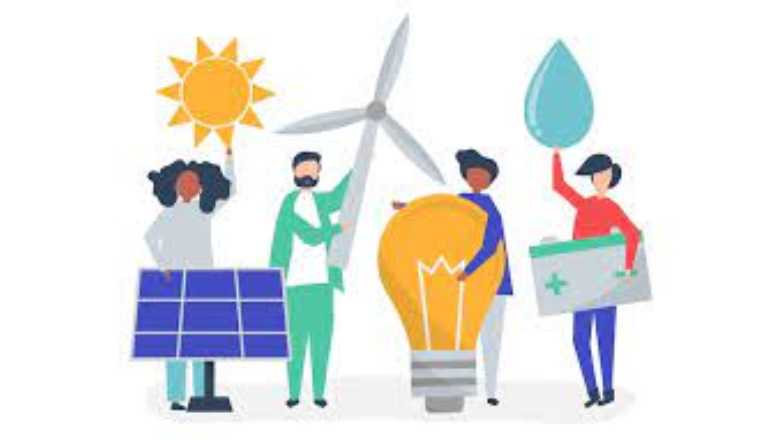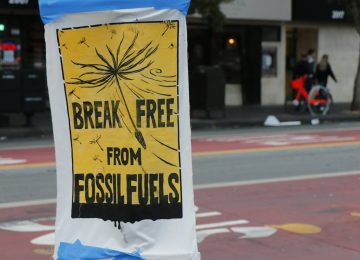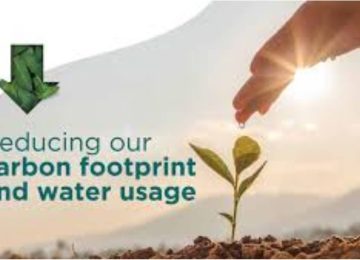Amazon has achieved 100 percent renewable energy target seven years ahead of the set goal.
It be noted that Amazon established a goal in 2019 to run all of its global operations, including fulfilment centers, corporate offices, grocery stores, and data centers, entirely on renewable energy by 2030.
As of 2023, Amazon sourced all of the electricity needed for its operations, including its data centers, from renewable energy sources.
Here are the 5 ways in which the company obtained its target.
1. Investments:
The company has invested billions of dollars in over 500 solar and wind projects worldwide. Combined, these projects have the capacity to generate enough energy to power the equivalent of 7.6 million American homes.
As a result, it has become the largest corporate purchaser of renewable energy in the world for four years running, according to Bloomberg NEF.
The company is investing heavily in increasing the proportion of renewable energy in its portfolio. It seeks new carbon-free energy sources to complement and balance its current energy needs.
2. Collaboration:
Since 2019, Amazon has approved utility-scale renewable energy projects in 27 countries, including Greece, South Africa, Japan, Indonesia, and India.
The company collaborated with policymakers to establish policies and finance wind and solar farms. Amazon has integrated renewable energy into its operations, with zero operational carbon emissions in its Virginia HQ2 and nearly 300 on-site solar projects.
Amazon is collaborating with wind turbine developers to optimize technology, launching the Amazon-Shell HKN Offshore Wind Project in the Netherlands, aiming to generate over 750 MW of renewable energy.
3. Wind turbines in rural landscape:
Delta Wind, Mississippi’s first utility-scale wind farm, is generating carbon-free energy to power Amazon’s operations, including future data centers. The project, which includes some of the tallest land-based wind turbines in the US, is hosted on 14,000 acres of farmland.
The organization has announced a deal with local utility company Entergy to enable 650 MW of new renewable energy projects in the state over three years.
Amazon is supporting 1.7 GW of capacity across six European offshore wind farms, generating enough energy to power 1.8 million homes.
4. Tapping RE opportunities in the APAC:
Amazon has enabled over 80 renewable energy projects in the Asia Pacific region, including 50 in India and in Australia, China, Indonesia, Japan, New Zealand, Singapore, and South Korea.
In Japan, Amazon announced its first onshore wind farm and standalone utility-scale solar project, making it the largest corporate purchaser in the country. The projects include 14 onsite solar installations on rooftops of local Amazon buildings, and six offsite wind and solar projects.
5. Modernizing the grid to deliver new carbon-free energy:
Amazon is investing in renewable energy by modernizing its grid to deliver energy from solar, wind, and other carbon-free projects.
To meet climate targets, the company is working with energy regulators to support grid modernization and deploy grid-enhancing technologies.
It also co-founded the Emissions First Partnership to encourage renewable energy investments in regions with fossil fuelled grids.
Conclusion:
Amazon has achieved its 100% renewable energy goal, paving the way for hundreds of new solar and wind projects worldwide.
The achievement of this goal will significantly contribute to Amazon’s Climate Pledge goal of achieving net-zero carbon emissions by 2040. The company is committed to achieving net-zero carbon, but its path is evolving due to generative AI demand, necessitating nimble and evolving energy sources as it works towards this goal.
The company plans to continue making progress and evolving its approach to decarbonizing operations, investing in solar and wind projects, and supporting other carbon-free energy sources like nuclear and battery storage, said Kara Hurst. Chief Sustainability Officer, Amazon.









